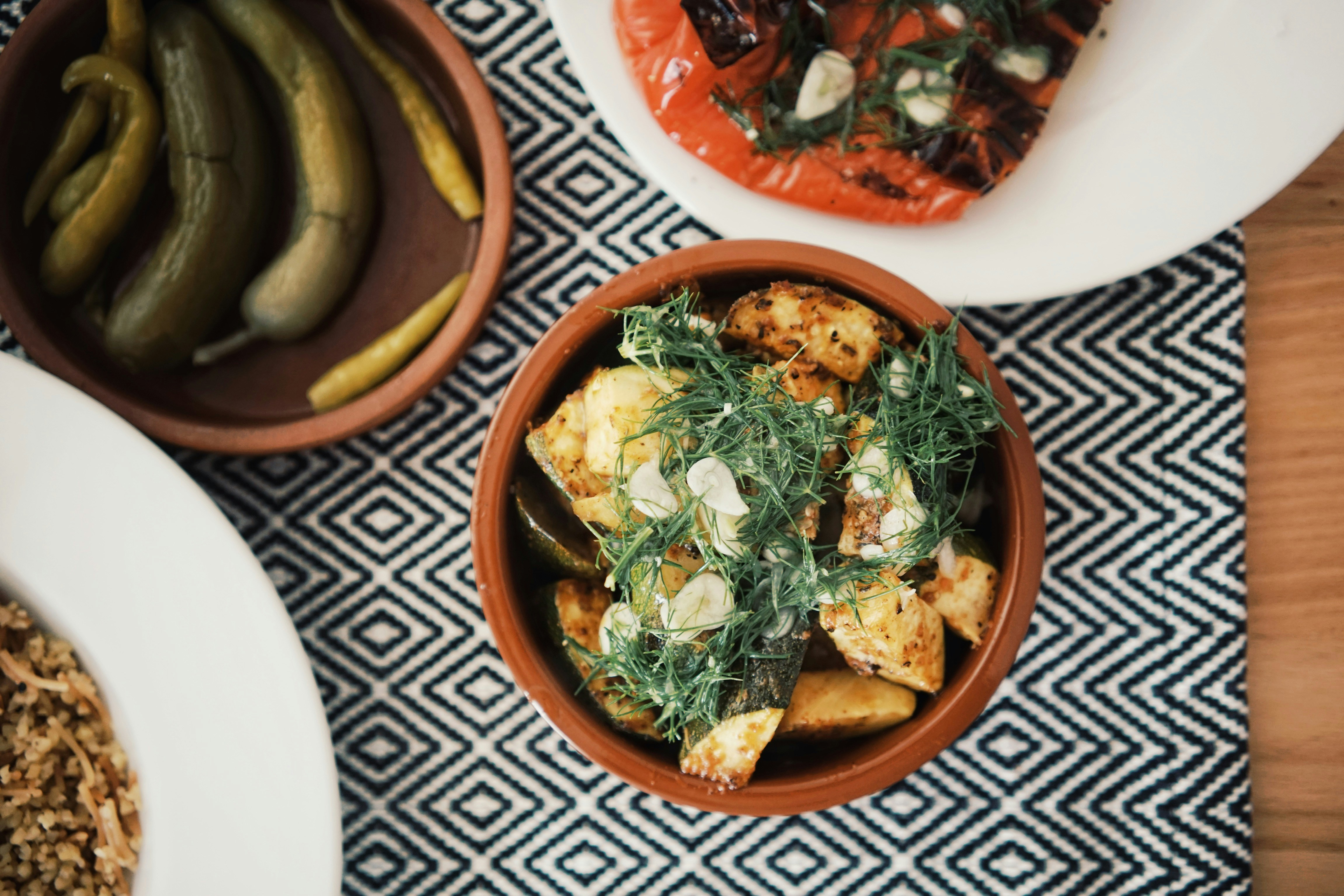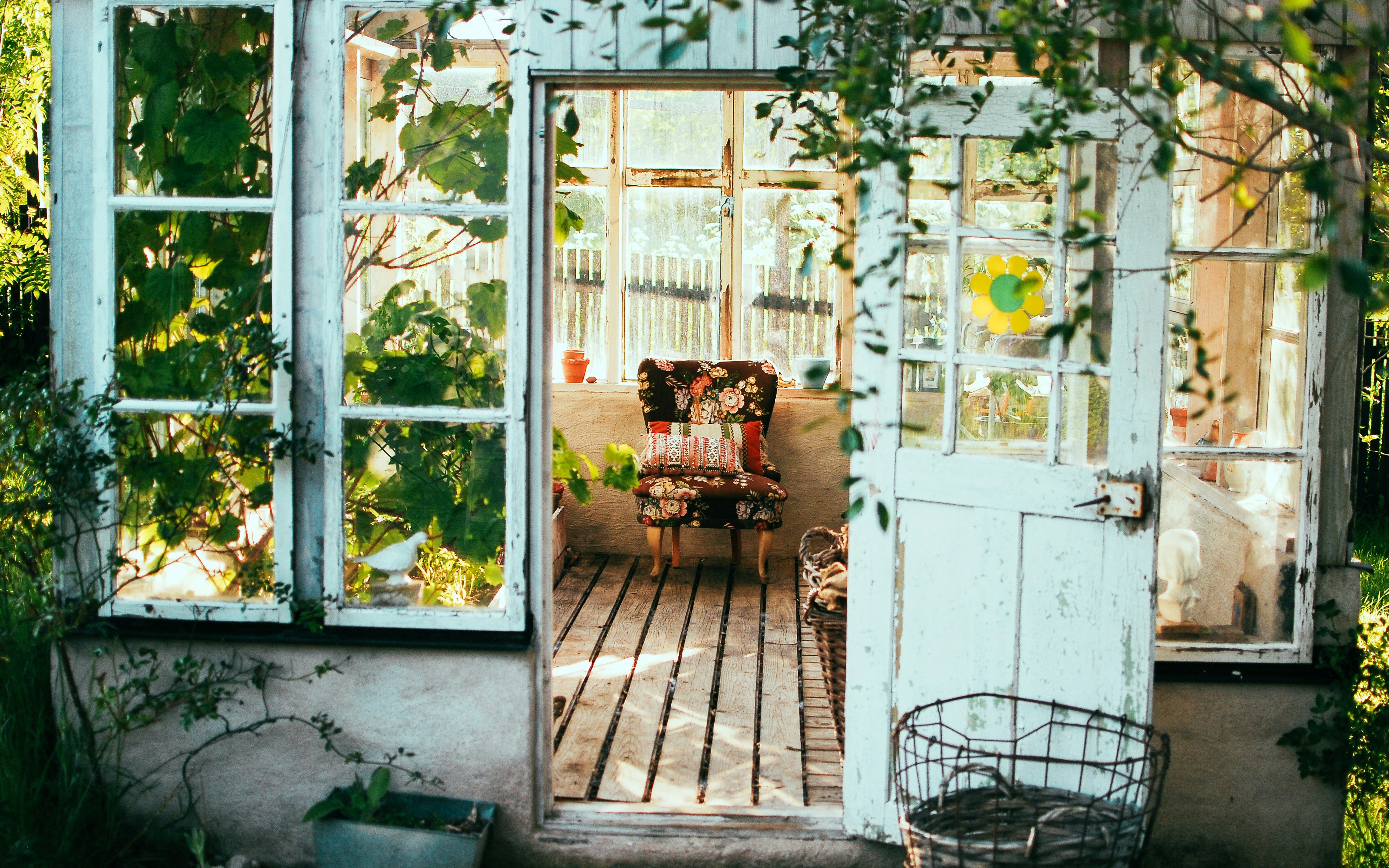Journey Into the World of Artisanal Bread Making
Bread -- it's a universal symbol of sustenance and comfort, yet its creation is considered an art form reserved for the experienced. However, with the right guidance and time, anyone can dive into the world of artisanal bread making. As you embark on this journey, expect to discover not only new skills, but a newfound appreciation for this age-old culinary tradition.

Understanding the Basics of Bread Making
Bread making begins with a simple mixture of flour, water, salt, and yeast. The magic happens when these ingredients interact during the fermentation process, resulting in a dough that rises and transforms into a beautiful loaf. Understanding the role each ingredient plays is crucial. For instance, yeast is the leavening agent that makes the dough rise, while salt adds flavor and regulates yeast activity.
The Science Behind Bread Making
Bread making is essentially a science. The interaction between yeast and flour creates carbon dioxide and alcohol, causing the dough to rise. This process, known as fermentation, also develops the flavor profile of the bread. During baking, the Maillard reaction occurs, where sugars and amino acids in the dough produce a golden-brown crust and a rich, toasty aroma.
Exploring Different Types of Bread
There’s more to bread than just your standard white loaf. From the crusty French baguette to the dense German pumpernickel, different cultures boast their own unique types of bread. Experimenting with various styles and techniques can be a rewarding culinary adventure. For instance, try your hand at making Italian ciabatta, known for its chewy texture and large air holes, or the soft and fluffy Japanese milk bread.
The Art of Sourdough Making
Sourdough bread has gained popularity for its tangy flavor and health benefits. It uses a ‘starter’, a fermented mixture of flour and water that hosts wild yeast and bacteria. Making your own sourdough starter can be a rewarding process, albeit requiring patience and dedication. The process involves ‘feeding’ the starter with flour and water for several days until it’s active and bubbly.
Bread Making as a Mindful Practice
Artisanal bread making is not just about producing a tasty loaf; it’s a form of mindful practice. The process of kneading dough can be therapeutic, allowing you to be present in the moment and connect with the food you’re creating. Plus, the sense of accomplishment when pulling a freshly baked loaf out of the oven is hard to beat.
-
Here’s a few interesting tid-bits about bread:
-
The world’s oldest known bread was discovered in Jordan and dates back 14,000 years.
-
In ancient Egypt, bread was used as a form of currency.
-
Sourdough bread has a lower glycemic index than regular bread, making it a healthier choice.
-
During the Middle Ages, bread was often used as a plate for other food.
-
Bread making may seem like a daunting task, but with time, patience, and practice, it can become second nature. Remember that the journey is just as important as the destination. So, get your hands doughy, embrace the process, and enjoy the delicious fruits of your labor.




